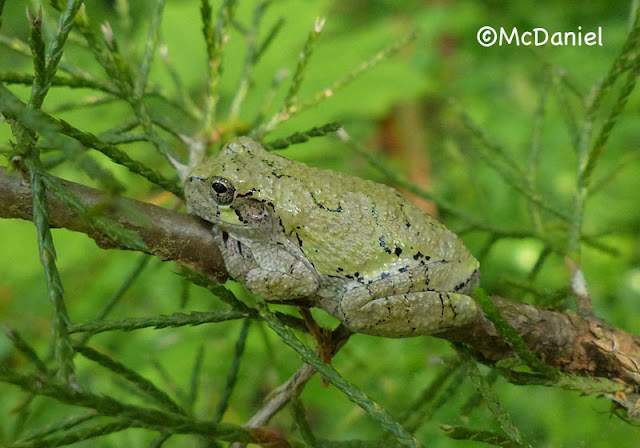 |
| Senior Naturalist Peg Beute leads the Forbs, Ferns, Fungi and more workshop |
The Tennessee Naturalist Program at Ijams is an ongoing series that introduces participants to the wonder of the state’s amazing natural resources. A total of 16 sessions, each either two, three or four hours long, will be held during 2013.
Last Saturday was class number 3: "Forbs, Ferns, Fungi and More" taught by Peg Beute. By the end of the year the attendees will be Certified Tennessee Naturalists. This year's classes are all full, but Jennifer Roder is already taking enrollment for 2014 classes. Call Jen at (865) 577-4717, ext. 130 to learn more or sign up.
For more information about the Tennessee Naturalist Program, visit our website at Ijams TN Naturalists.
TN Naturalist Program Ijams 2013 Schedule
Sat., April 13, 10 a.m.–1 p.m. Introduction, followed by lunch
Sat., May 4, 9 a.m.–12 p.m. Birding I: Spring Birds
Sat., May 18, 10 a.m.–2 p.m. Forbs, Ferns, Fungi and More
Sat., June 1, 10 a.m.–12 p.m. Amphibians
Sat., June 8, 10 a.m.–12 p.m. Reptiles
Sat., June 22, 1 p.m.–5 p.m. Tennessee Trees and Forests
Sat., July 13, 10 a.m.–2 p.m. Aquatic Systems
Sat., Aug. 10, 2 p.m.–4 p.m. Insects and Creepy Crawlies
Sat., Aug. 24, Time TBD, Birding II: Hummingbird Festival
Sat., Sept. 7, 10 a.m.–2 p.m. Fungus Among Us
Sat., Sept. 21, 7 p.m.–9 p.m. Nocturnal Naturalist I: Ijams Nightlife
Sat., Oct. 5, 7 pm–9 p.m. Nocturnal Naturalist II: Seven Islands
Sat., Oct. 19, 10 a.m.– 2 p.m. Mammals and Furry Friends
Sat., Nov. 9, 1 p.m.–5 p.m. Geology of East Tennessee
Sat., Nov. 23, 9 a.m.–12 p.m., Birding III: Winter Birds
Sat., Dec. 7, 10 a.m.–2 p.m. Closing Social and Class Projects























